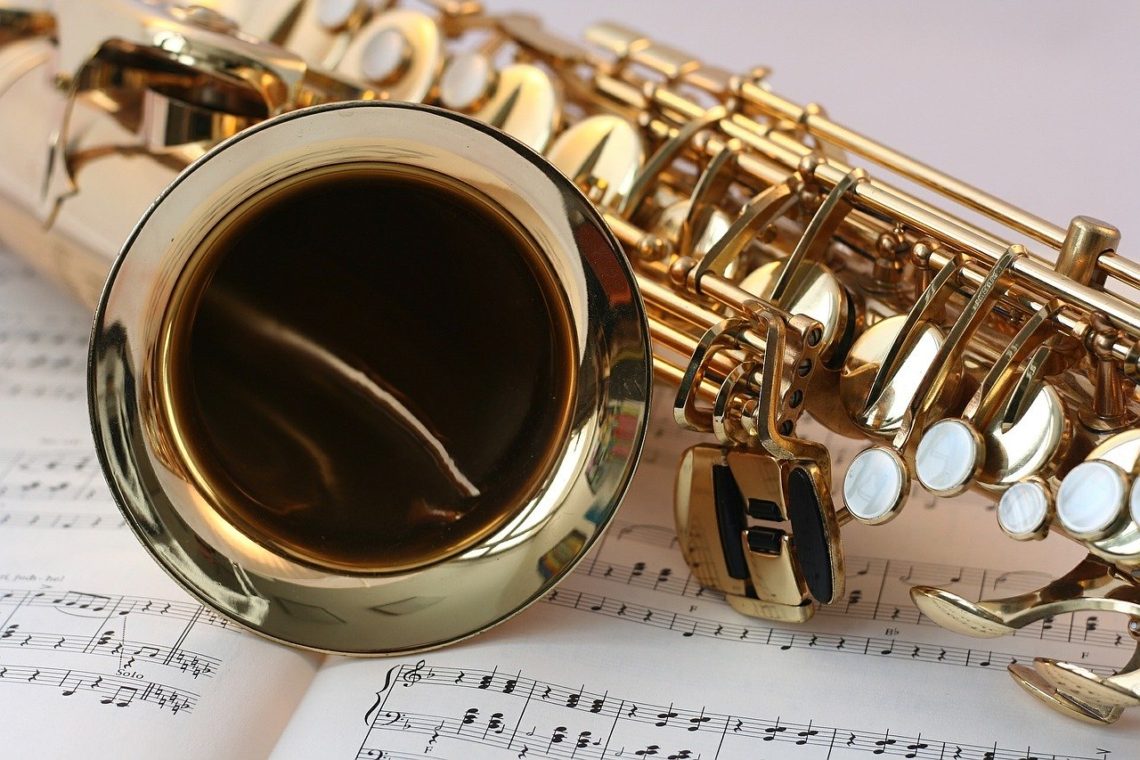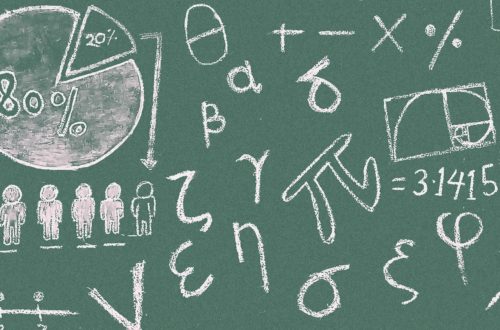Delta-K
Journal of the Mathematics Council of the Alberta Teachers’ Association
Volume 55 Issue 2, March 2019
9 to 11
Musical Notes (for Grades K-6)
Mike Pacheco, Heather Glynn Crawford-Ferre and Henry King
This article is reprinted from the “Math by the Month” column in Teaching Children Mathematics volume 24, number 6, 2018, with the permission of the National Council of Teachers of Mathematics. All rights reserved. Minor amendments have been made in accordance with ATA style.
Mathematics provides an important way to inform and interpret music. For example, because of a mathematical breakthrough (better ways to calculate the twelfth root of 2), Johann Sebastian Bach was able to write in every key. This set of problems is intended to facilitate interdisciplinary connections and reasoning with music.
Grades 5-6 Week One
The first key on a full-size piano is the note A. The next keys are B, C, D, E, F and G, and then the pattern starts over at A. This set of notes is called an octave. An octave is the interval between one musical pitch and another with half or double its frequency. The first A on the piano vibrates at 27.5 Hertz, or 27.5 waves per second. Each time a note goes up an octave, the Hertz measure doubles. The highest A on a piano vibrates at 3,520 Hertz. How many different octaves can be played on a full-size piano? (Hint: How many keys are on a full-size piano?)
Week Two
Anewmusicalartist’svideohasbeenviewedonline 125,673 times since it was posted this morning. The most viewed video of all time (Psy’s”Gangnam Style”) has been viewed 2.79 billion times. How many more times would the new video have to be viewed to become the most viewed video? Approximately how many times larger is the number of views for the current most viewed video compared with the new video?
Week Three
Pianos have two types of keys. The white keys are traditionally the natural notes, and the black keys are traditionally the sharp and flat notes. A full-size piano has 88 keys; how many black keys and white keys does it have? What is the ratio of black keys to white keys on a piano? Look at the illustration of part of a keyboard. Piano keys have a repeating pattern of 5 black keys and 7 white keys, as the illustration shows. You can use a ratio to compare part to part. You can also compare part to whole. What is the ratio of black keys to all keys in the pattern? An electronic keyboard has 48 keys. How many black keys and white keys are on an electronic keyboard?
Week 4
Dance music is typically played at 120 beats per minute. If the bass drum plays on every third beat, how many times does the bass drum play in one minute? If you play a song at 120 beats per minute, it takes three minutes to play.
If you slowed the tempo to 90 beats per minute, how long would it take to play the song? How long would the song last if you sped up the tempo to 180 beats per minute?
Grades 3-4 Week One
When composing music, a whole note can be divided into half notes, quarter notes, eighth notes and sixteenth notes. What are three different ways one can build a whole note from halves, quarters, eighths and sixteenths? How many ways can you build 3/4 of a note?
Week Two
A drum machine is an electronic device that can simulate drums or other percussion sounds for bands or disc jockeys (DJs). Drum machines are programmed to play sounds on specific beats during a song. A DJ programs the drum machine to play a bass drum sound on every third beat, a snare drum sound on every fourth beat, a clap on every fifth beat and a whistle on every seventh. On which beat will the bass and snare play together for the first time? What is the first beat that at least three instruments will play at the same time? What strategies could you use to show when sounds are lining up? Will all four sounds ever play at the same time?
Week Three
Pop radio stations have historically shied away from playing songs that are longer than 3 minutes, 5 seconds. Some music labels started labelling songs purposely with such times as 2 minutes, 96 seconds in hopes that they would still be played on the radio. How long is that song if it is labelled using the largest number of minutes possible?
What is another way of labelling the following famous songs to mislead radio stations into playing them?
- (a) Taylor Swift’s “Shake It Off’ is 3 minutes, 39 seconds.
- (b) Meaghan Trainor’s “All About That Bass” is 3 minutes, 8 seconds.
- (c) The Beatles’ “Hey, Jude” is 7 minutes, 1 I seconds.
Week Four
Instruments are sorted into different categories on the basis of how they make music: percussion (such as drums and tambourines), brass (such as trumpets and tubas), woodwinds (such as oboes and saxophones) and strings (such as violins and cellos).
Research the attributes of instruments and make a list of attributes that would allow an instrument to fit into each category. What connections can you make between this and categorizing shapes according to their defining attributes?
Kindergarten-Grade 2 Week One
Musicians in marching bands march in patterns. You can watch them in parades and at sporting events. You can use patterns to find out how many musicians are playing. In a drumline, the drummers march 5 in a row. How many drummers are in 2 rows? In 5 rows? Sometimes they switch and march 10 in a row. Then how many drum- mers are in 2 rows? In 5 rows? In 10 rows? What do you notice? What happens if you mark those numbers on a hundred grid? How many rows would there be if 100 drummers were in rows of 10?
Week Two
We can sort items on the basis of their attributes. Look at pictures of instruments (string, percussion, woodwind, brass). Play an attribute match game by matching instruments that have an attribute in common. Could instruments have more than one match? Choose an attribute and sort all of the instruments by this attribute. Look at another student’s sort. Can you guess his or her rule?
Week Three
The Caldecott Honor book Zin! Zin! Zin! A Violin (Moss 2000) describes the 10 instruments that join to make a chamber orchestra group. List the 10 instruments. How many combinations of the 10 instruments can you make? How can you organize the keep track of your combinations of 10? How will you know when you have found all the combinations?
Week Four
Ti-Ti-Ta (eighth note, eighth note, quarter note) is a pattern you can clap and repeat. You can also play it with two instruments (bell, bell, drum). What other patterns can you create and extend? Can you model them with blocks (red, red, blue) or write them out (A, A, B)? Listen to some music. What patterns do you hear? How can you record them?
Mike Pacheco is the assistant director over-assessments at the Nevada Department of Education and a graduate student in mathematics education at the University of Nevada, Reno. His professional interests include large-scale mathematics instruction improvement and educational equity.
Heather Glynn Crawford-Ferre is an educational consultant and doctoral candidate at the University of Nevada, Reno. Her professional interests include mathematics education and educational equity.
Henry King is a program specialist for the Nevada Department of Education and an accomplished musician. His professional interests include bass, guitar, ukulele and the musical education of others.
Edited by Lisa Brooks, lisa.brooks@ucf.edu, a lecturer in the College of Education and Human Performance at the University of Central Florida in Orlando; and Samantha Neff, samantha_neff@scps.k12.fl.us, a K-5 math coach at Highlands Elementary School in Winter Springs, Florida. E-mail problem collections for the editors to consider as future “Math by the Month” columns. See submission guidelines at www.nctm.org/4VriteForTCM. E-mail creative solutions and adapted problems to tcm@nctm.org for potential publication, noting Readers Exchange as the subject.






